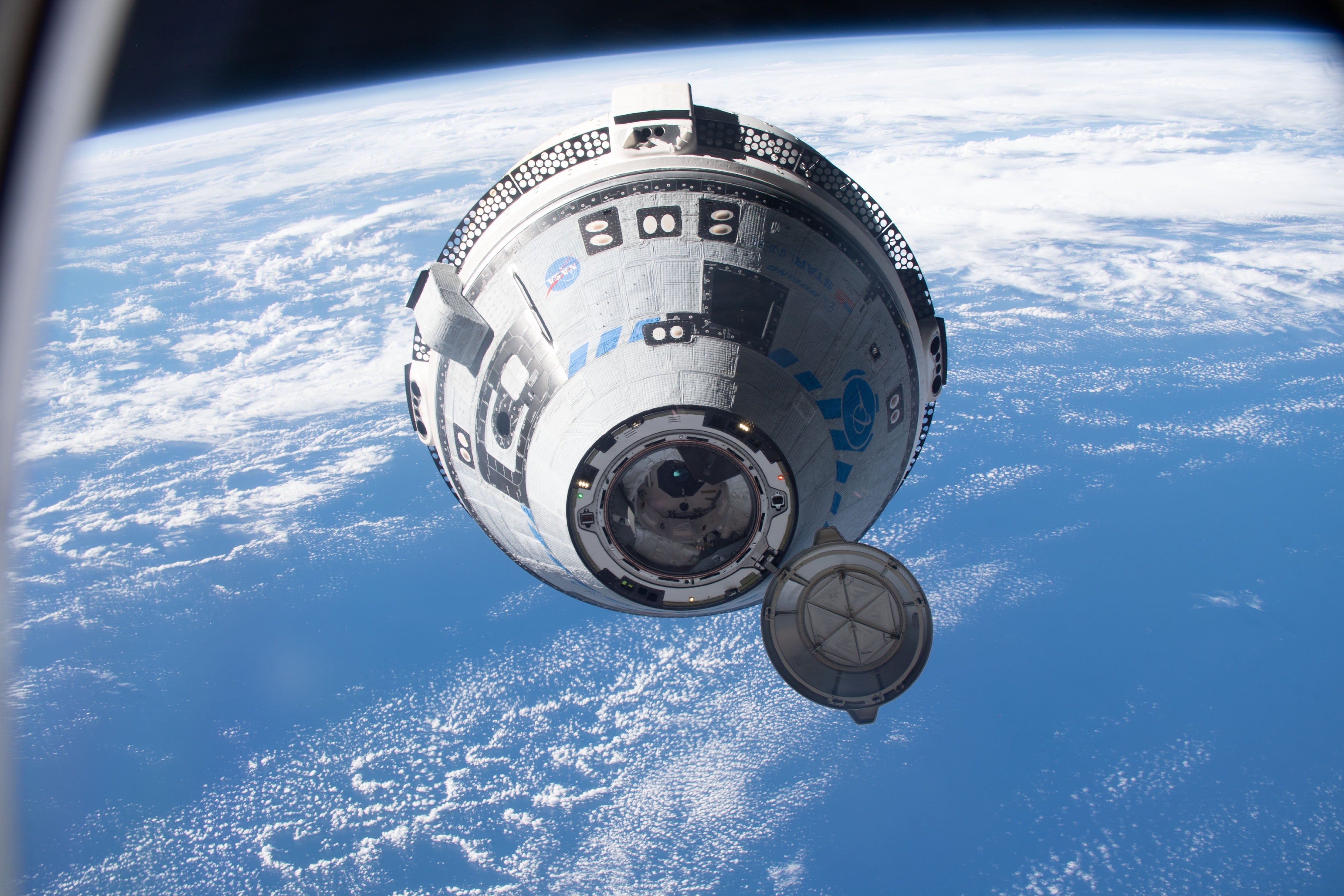
When NASA astronauts Butch Wilmore and Suni Williams blasted off from Earth June 5 aboard Boeing’s Starliner spacecraft on its first crewed flight test to the International Space Station (ISS), they expected to spend about a week in space. However, the two astronauts will now spend some eight months in orbit and return home on a different craft.
NASA announced Saturday that the uncrewed Starliner craft will return autonomously to Earth early next month. Wilmore and Williams will be given two seats home aboard the SpaceX Dragon capsule soon to arrive with Crew-9 astronauts and depart in February next year.
“This has not been an easy decision, but it is absolutely the right one,” said NASA Associate Administrator Jim Free during the press conference.
Thruster issues
The main concern remains Starliner’s thrusters, which experienced issues as the craft prepared to dock with the ISS. Those thrusters are required to both undock the craft from the station and perform the vital deorbit burn to put Starliner on a safe path home during its return trip.
Teams at both NASA and Boeing have been working around the clock to test and gather data on the thrusters and model their behavior, hoping to better ascertain why they experienced issues and how they might behave once they’re fired up again to set the craft on a trajectory home.
But in the end, “there was just too much uncertainty in the prediction of the thrusters,” said Steve Stich, manager of NASA’s Commercial Crew Program. “If we had a way to accurately predict what the thrusters would do for the undock and all the way through the deorbit burn and through the separation sequence, I think we would have taken a different course of action. But when we looked at the data and looked at the potential for thruster failures with a crew on board … it was just too much risk with the crew, and so we decided to pursue the uncrewed test flight.”
Despite the uncertainties that led to the decision, “we’ve learned a lot about the spacecraft during its journey to the station and its docked operations. We also will continue to gather more data about Starliner during the uncrewed return and improve the system for future flights to the space station,” said Ken Bowersox, NASA Associate Administrator for Space Operations.
Staying in orbit
Far from overstaying their welcome, Williams and Wimore have “seamlessly become part of the Expedition 71 crew,” said Norm Knight, Director of NASA’s Flight Operations Directorate. They will remain part of that crew aboard the ISS and return home at the scheduled end of the Crew-9 mission early next year.
That mission is now scheduled to launch no earlier than Sept. 24. Because of the limited number of ISS docking ports compatible with commercial vehicles, Starliner must leave before Crew-9’s SpaceX Dragon capsule can launch and proceed to the station. Additionally, Crew-9 will carry only two of the four planned crewmembers to accommodate Williams and Wilmore’s return.
Now that the vital decision has been made, engineers are proceeding with the development and testing of a simplified undocking procedure for the uncrewed Starliner. A readiness review is expected to be completed late next week, according to Bowersox.
Before it can launch, the Crew-9 roster and manifest will also need to be updated; NASA has not yet announced which of the four planned crew members will proceed to the ISS and which will remain on Earth. According to Sitch, the Dragon capsule will need to include two different seats for Williams and Wilmore, as well as additional ballast during launch. NASA will be sending up personal effects and SpaceX spacesuits for the two astronauts.
In the meantime, Sitch added, the Crew-8 vehicle currently at the station will serve as Williams and Wilmore’s lifeboat, should the situation arise.
‘This is a test flight’
While eight months is clearly longer than Wilmore or Williams planned to spend on board the ISS, it is well within NASA’s normal operational experience. Furthermore, the panel stressed that this is a test flight and handling unexpected occurrences are part of an astronaut’s — and engineer’s — core job.
“Spaceflight is risky, even at its safest and most routine. A test flight, by nature, is neither safe nor routine. The decision to keep Butch and Suni aboard the International Space Station and bring Boeing’s Starliner home uncrewed is the result of our commitment to safety. Our core value is safety and it is our North Star,” said NASA Administrator Bill Nelson.
Ultimately, he added, NASA wants to understand the cause of the issues and how to best make adjustments so that Starliner — in tandem with the SpaceX Dragon — can safely shuttle future crews to and from the ISS.
“Starliner has performed exceptionally well overall, so please don’t lose sight of that. This is a test flight,” Knight stressed. “The thruster issue and the associated investigations will pay huge dividends in the future for human exploration in a great way when Starliner flies again.”









